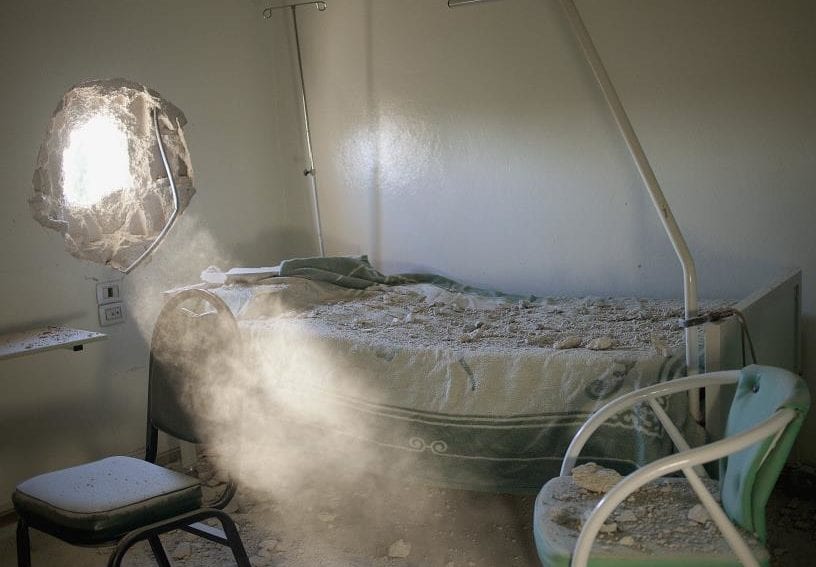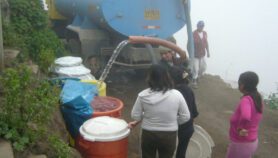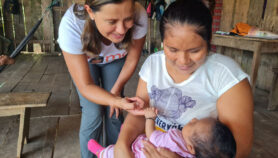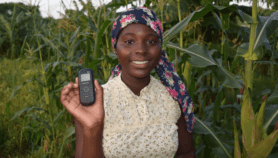By: Rasha Dewedar
Send to a friend
The details you provide on this page will not be used to send unsolicited email, and will not be sold to a 3rd party. See privacy policy.
[CAIRO] The mobile phone chatting application WhatsApp has been used by researchers to collect data about attacks on healthcare facilities in parts of Syria, which is now in its seventh year of armed conflict.
Such data is crucial for persuading the international community to hold aggressors to account for breaches of international humanitarian law.
“Attacks on healthcare facilities in Syria have reached unprecedented levels and there is an urgent need to verify their severity and document the methods used to carry them out”
Alaa Abu Zeid, World Health Organization, Yemen
"The main objective of the study was to find a tool that enabled us to collect reliable data that assisted in proving attacks and measuring their severity, so that they could not be refuted by either party,” explains Alaa Abu Zeid, a World Health Organization (WHO) coordinator in Yemen who previously worked in Syria and is one of the study’s authors.
Attacks on healthcare facilities in Syria have reached unprecedented levels and there is an urgent need to verify their severity and document the methods used to carry them out, Abu Zeid said.
The study, published in The Lancet medical journal on 8 June, provides preliminary data on these attacks collected via a WhatsApp network.
The network, called Monitoring Violence against Health Care (MVH), largely operated via a WhatsApp group consisting of 293 members who sent short alerts when they witnessed an attack or raid, or when they visited a site that had been attacked.
Members were then asked by the researchers to fill out a confidential and anonymised online form with key information such as how the attack was carried out, the type of health service under attack, the extent of the damage, and the number of casualties, injuries and deaths.
Field staff among the members were also asked to collect further information by interviewing victims and other witnesses where possible.
Within 24 hours of this data being collected, the coordinating team in Turkey issued a preliminary ‘flash’ update to key partners that included the WHO, the UN Office for the Coordination of Humanitarian Affairs (OCHA), and donors.
The data was also checked on a monthly basis by matching it with external reports.
According to Abu Zeid, the tool ensured that the flow of data through the humanitarian system was transparent, and that information could be verified in the shortest time possible.
Francesco Checchi, from the London School of Hygiene and Tropical Medicine, who was the principal investigator, explained that in addition to its importance in monitoring and documentation, the tool helped to direct immediate medical assistance to sites where an attack had occurred.
Chichi added that for organisations unable to operate at full capacity within Syria, it offers a tool to mobilise, support and document attacks in the hope of prosecuting those responsible.Over the course of the study, which ran from November 2015 to December 2016, the network received 718 alerts documenting 938 injuries in a total of 402 attacks. One quarter of those injured were health workers.
The data also revealed that nearly half the hospitals in non-government-controlled areas were targeted, and a third of healthcare services were hit more than once, with aerial bombing being the main mode of attack.
In terms of location, 79 per cent of the confirmed attacks were in Aleppo and Idlib, while 20 per cent occurred in Hama, Homs, Lattakia and Rif Dimashq, areas that fall under the regime's control.
These observations have confirmed the involvement of the Syrian regime in attacks on healthcare facilities in areas with a substantial presence of armed opposition groups, according to the authors.
This piece was produced by SciDev.Net’s Middle East & North Africa desk.














